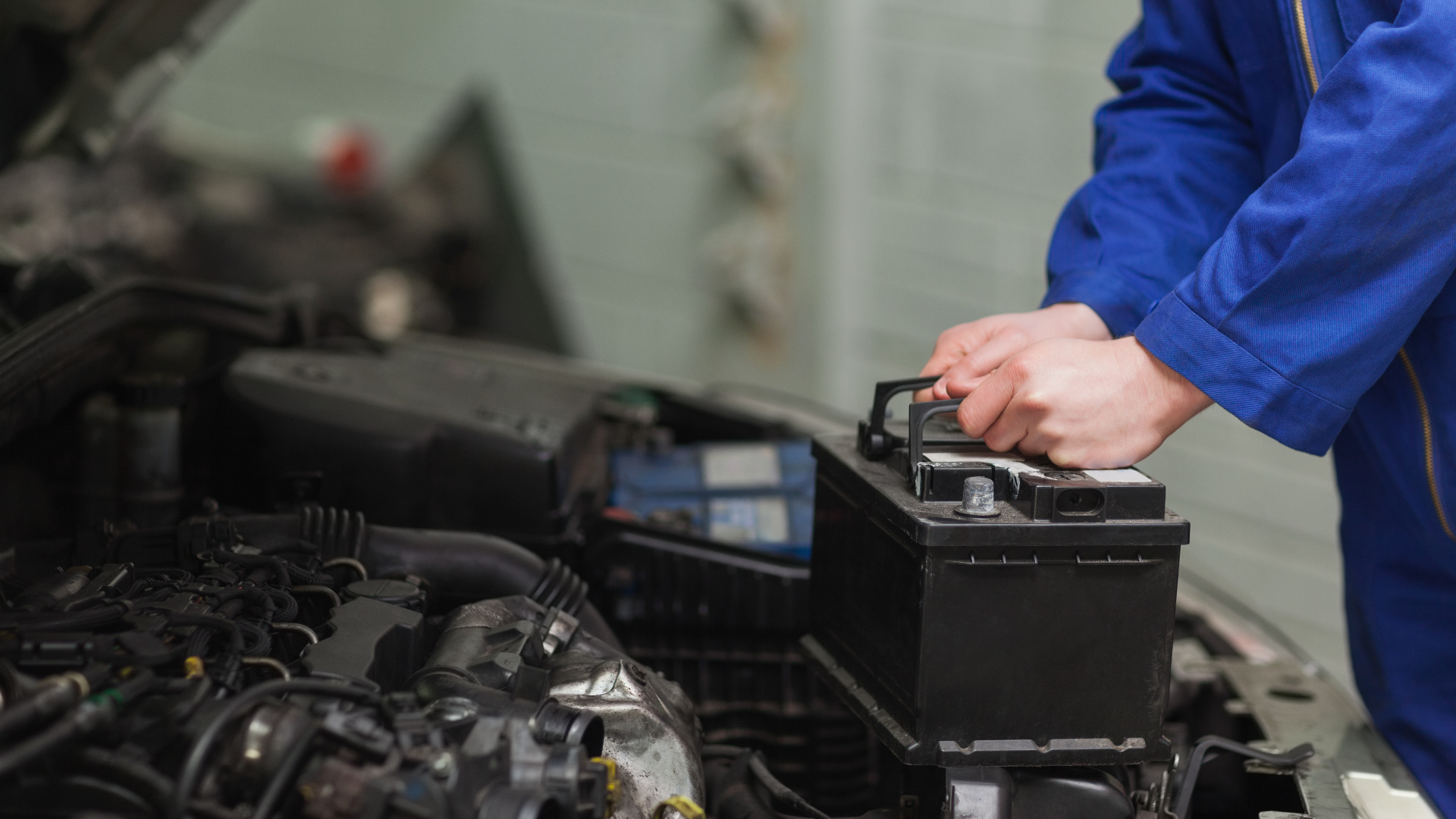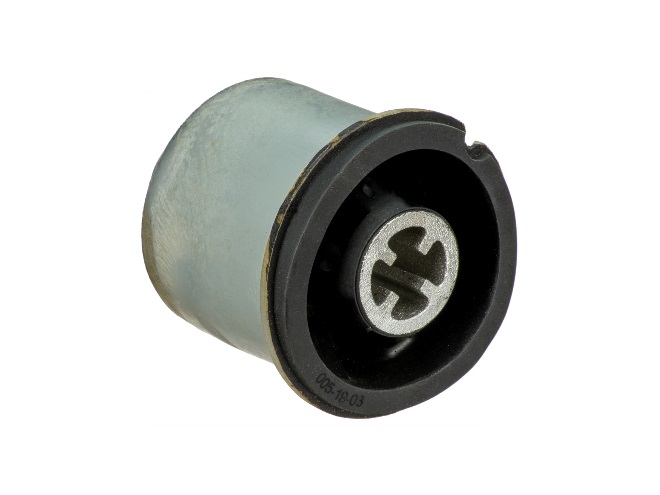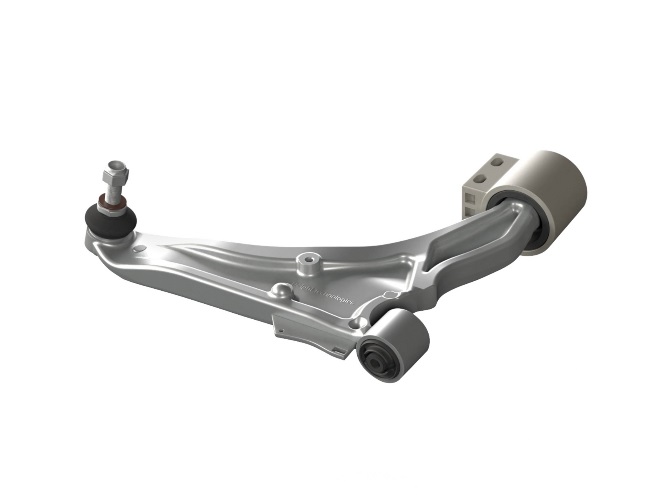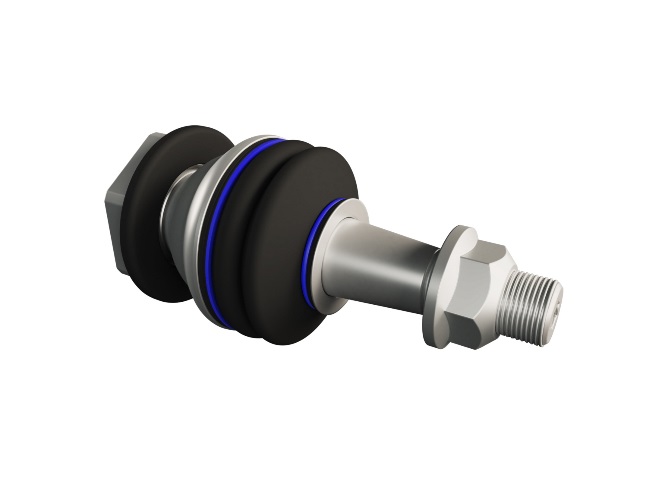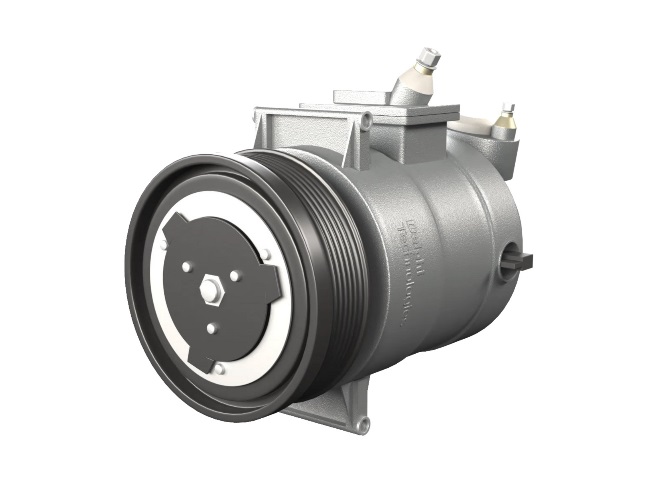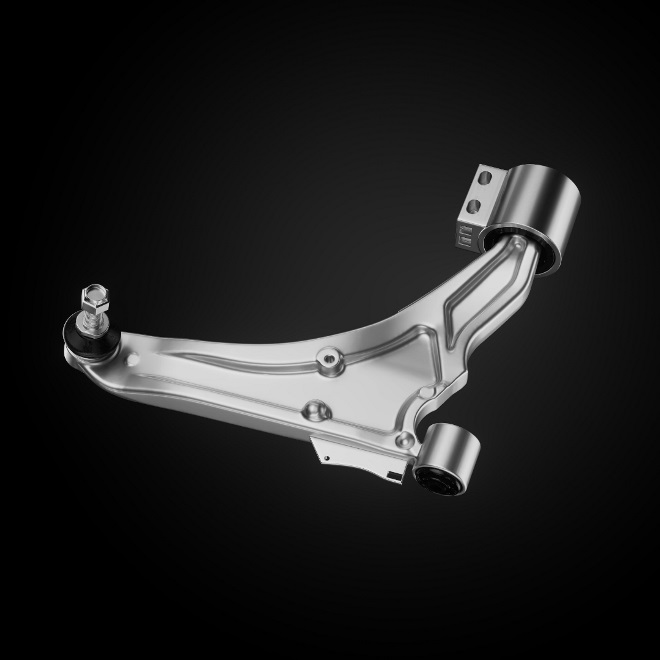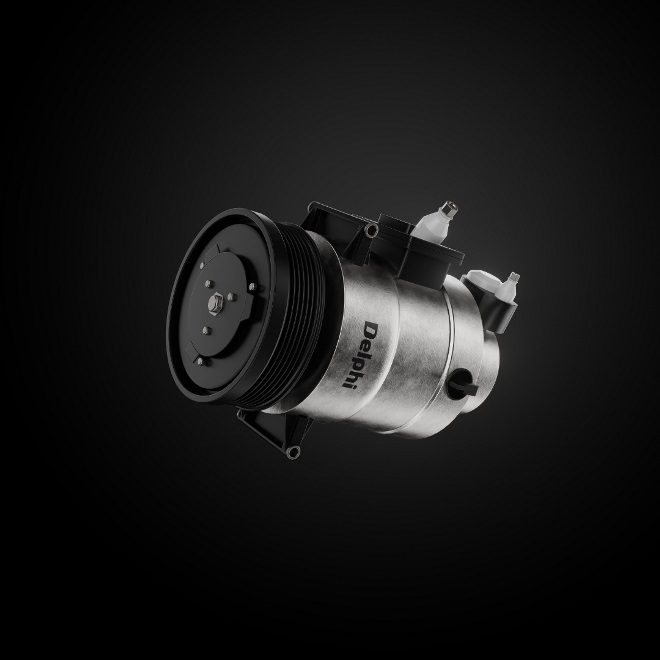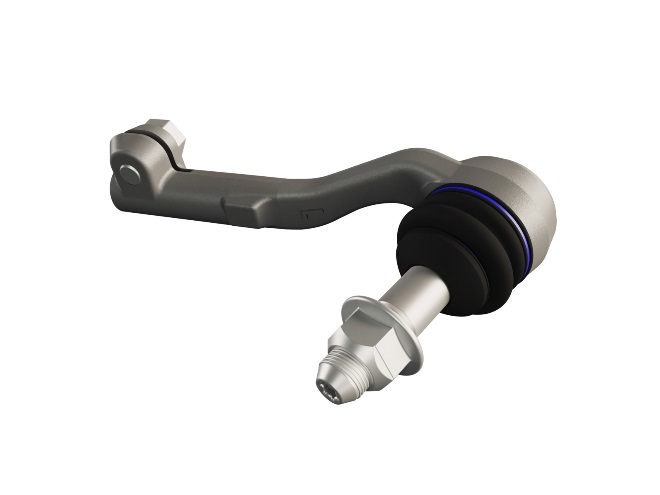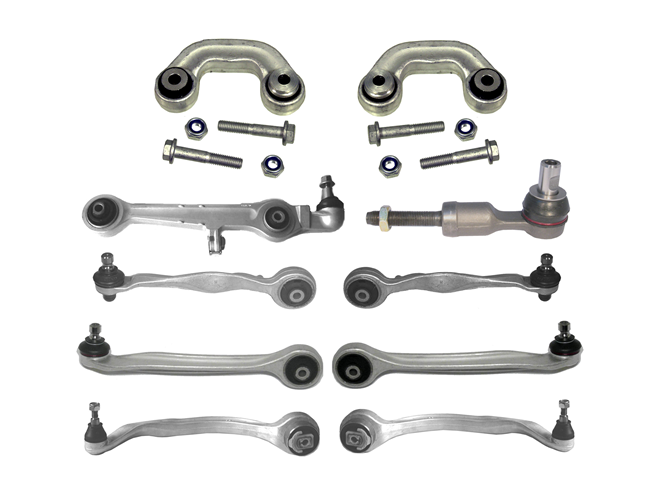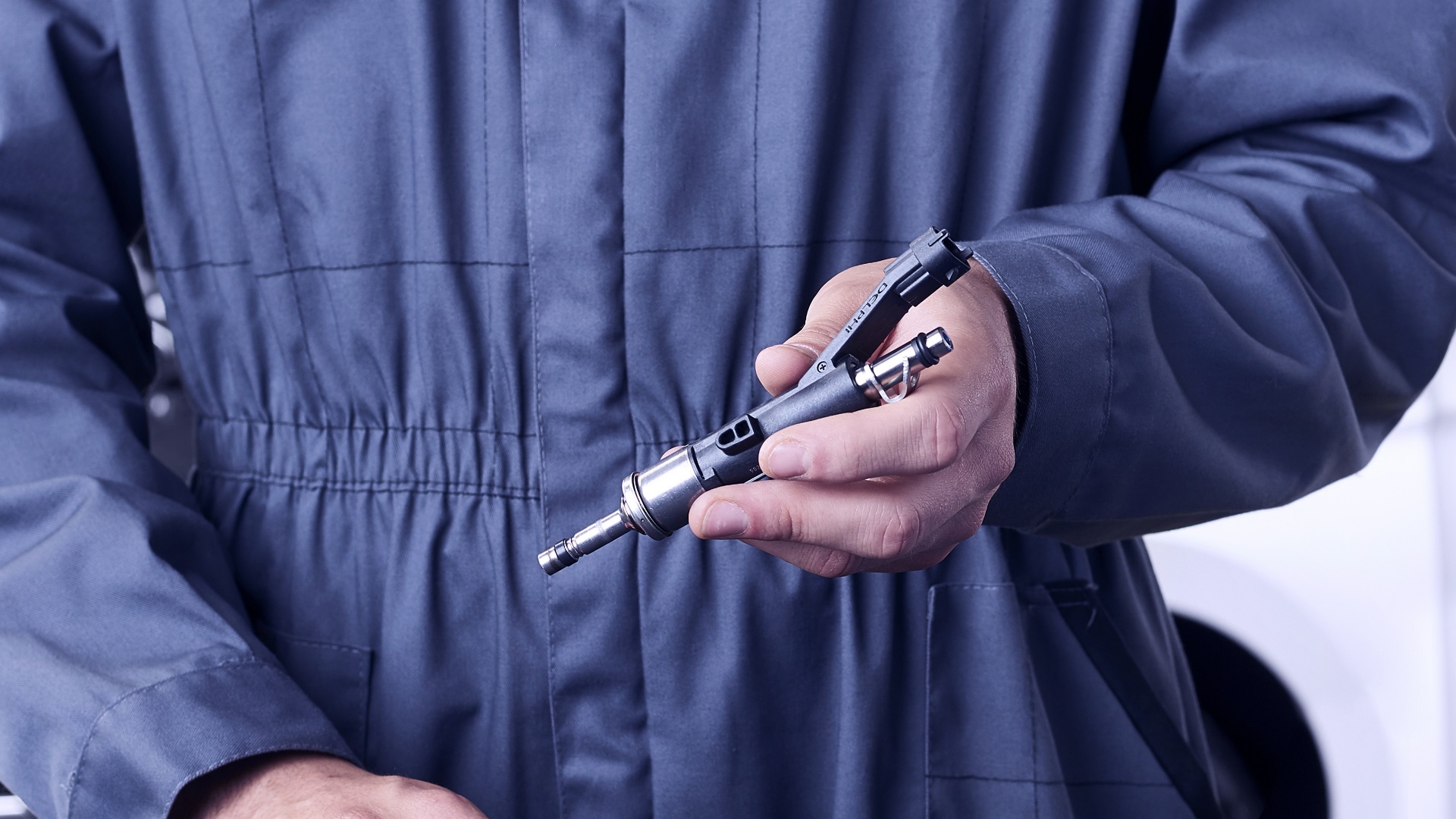Resource Highlights
In this article you will find out about directional brake pads:
As automotive technology evolves, and with it customer expectations for a quieter more relaxing ride, manufacturers are turning to increasingly innovative materials and designs to reduce noise, vibration and harshness, or NVH for short. One of these being the use of directional brake pads.
These latest technology pads will also be a welcome addition in the aftermarket, since brake noise is one of the biggest causes of customer comebacks for many garages. Technicians, however, will need to be aware of the subtle differences in form, and more importantly fit, versus traditional pads, as fitting these noise reducing pads the wrong way, could actually have the opposite effect, creating unnecessary brake noise.
What is a directional brake pad?
When braking, standard pads are pressed evenly to the disc, and as a result can be pulled by the disc, causing vibration, and in turn, brake noise, reduced braking performance and uneven wear. In contrast, directional pads use either a chamfered friction surface or a crescent cut out of the shim and must be mounted in a specific direction, to ensure the pads are introduced to the disc at an angle. By creating the perfect angle for optimal pad to disc contact, they significantly reduce both noise and vibration.
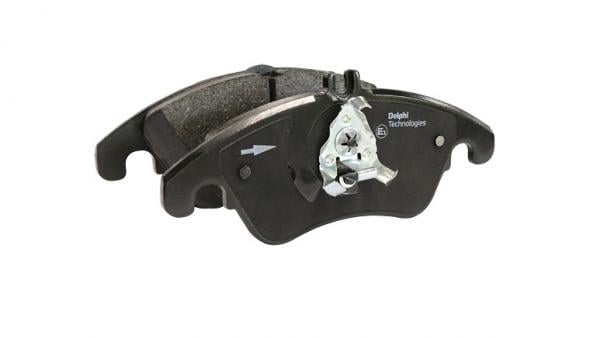
A closer look at shims and chamfers
One of the most common causes of brake squeal is the movement between pads, caliper and discs. Brake shims are designed to help dampen this. Fixed on the rear of the pad - either mechanically attached, clipped and/or hot bonded - the finely tuned layers of dampening material help to reduce vibration, and therefore the transmission and amplitude of vibrational forces. They also add mass to the system, dampening vibrations in the pad and caliper, and act as a thermal insulator, ensuring uniform temperatures across the pad for more consistent braking and reduced heat transfer to the caliper and brake fluid. In a directional brake pad, the shim contains an additional crescent or half-moon cut out from the shim. This feature enables the piston to push the brake pad at a slight angle for both reduced noise and even pad wear.
Likewise, a chamfer is an angled cut or transitional edge between two surfaces of the pad. Engineered to compliment both the friction material and pad shape, it effectively controls how the edge of the pad interacts with the disc. Fitted to the leading
edge, and on some pads, the trailing edge too, chamfer directional pads prevent the leading edge of the brake pad from lifting and being pulled away from the disc. By ensuring optimal pad to disc contact, they help to reduce noise and uneven pad wear.
The right way to install a directional brake pad
Directional brake pads differ from standard pads in both their form, and of course their fit – they must be mounted in a specific direction, hence their name. Because of this, technicians should take time to inspect both the old and new pads for any visual signs as to their orientation. This may be as simple as following an arrow - many directional pads use either a letter, indicating which side of the vehicle the pad should be fitted to, R for the right-hand side and L the left, or an arrow showing the rotational direction of the disc and hence the direction in which the pad should be fitted.
However, if no arrow is present further measures need to be taken. For example, when installing chamfer directional pads, technicians should inspect the angular edge of the friction material. If only one chamfer is present the pad should be installed so the chamfer is the leading edge – in other words where the pad first contacts the brake disc. Alternatively, if there is a chamfer on both edges, the larger of the two should be installed as the leading edge.
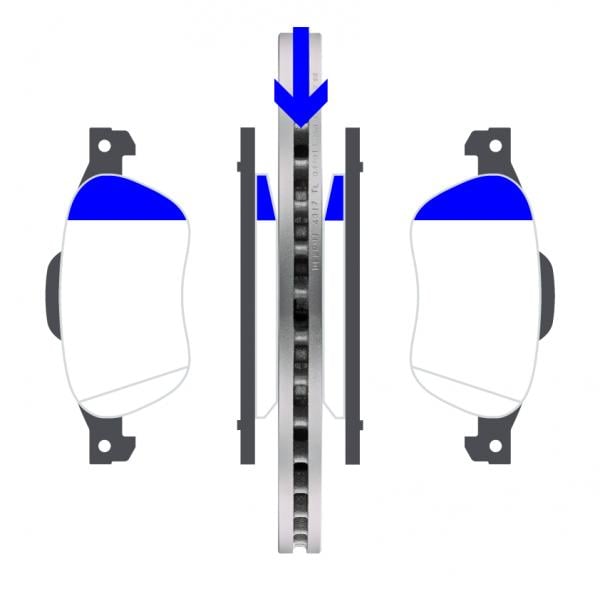
Similarly, when installing crescent cut-out directional pads, the pad should be installed so the crescent or half-moon is again on the leading edge. Note it is important that the cut-out runs horizontally across the brake disc. This will help to ensure even pad wear and the correct distribution of force across the brake pad surface, reducing pad oscillation and preventing noise.
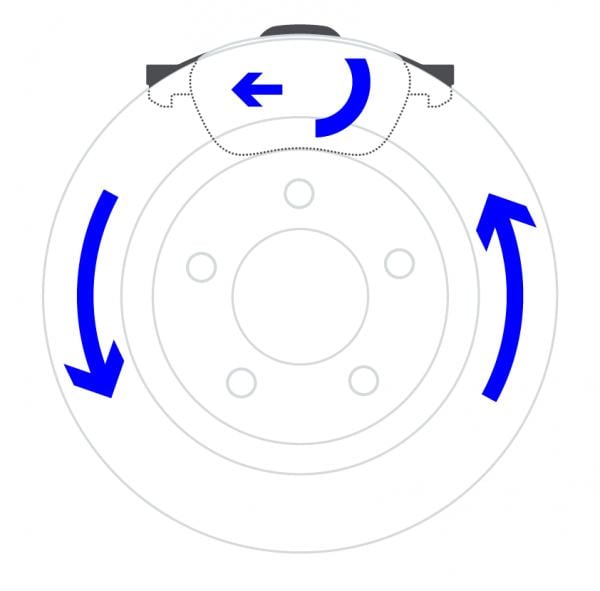
Fitting directional pads the wrong way may result in brake chatter and ultimately high pitch squeal. This will cost time and money to fix and worse still, could impact customer loyalty. As you can’t put a price on this, it pays to fit Delphi directional brake pads, and just as importantly, spending the time upfront to do it right!
